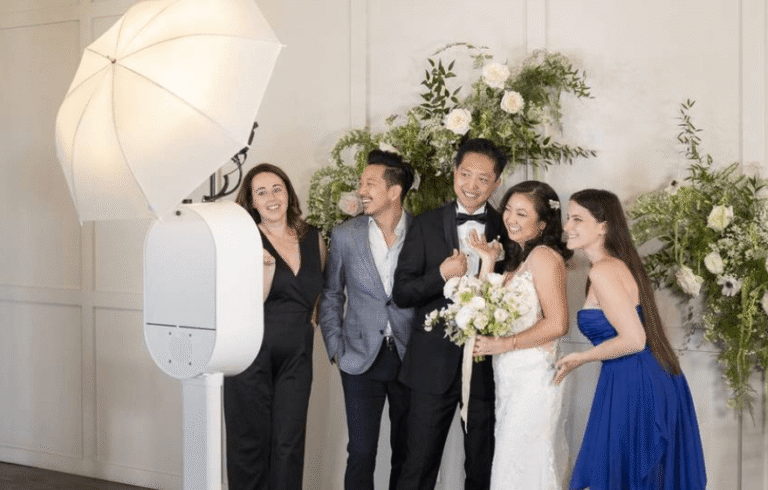The Concept of “Slow Living”: How a Lack of Haste Affects Finances
Imagine this scenario: you wake up in the morning, get ready, drop the kids off at school or kindergarten, and rush to work. On the way, you scroll through social media or read the news. At work, you use time management techniques like the Eisenhower Matrix or Pomodoro method to get as much done as possible. In your free time, you juggle dance classes, language lessons, sports, helping with homework, enjoying sports betting Zambia during free time, and managing your child’s extracurricular activities. The days fly by at a frenzied pace, and you’re constantly afraid of not getting everything done or being late. Does this sound familiar?
But there’s another way to live: focusing on one thing at a time, enjoying every moment, and taking pleasure in your surroundings. This requires abandoning multitasking and slowing down your usual pace — this is what the “slow living” concept is all about.
This approach involves performing daily tasks at a leisurely pace, one at a time, and focusing solely on the current process. Proponents of this lifestyle believe that fast pace and multitasking lead to chaos, while a slower rhythm helps organize life and enjoy it.
The slow living movement originated in Italy in the 1980s as a response to the rapid spread of fast food. Activists sought to preserve traditional cuisine, insisting that the quality of food depends on every stage of its preparation. Gradually, the idea of slowing down expanded to other areas: travel, education, daily life, and work. The slow living concept is increasingly being positioned as an alternative to corporate culture with its emphasis on time management, achievement-driven mentality, continuous personal growth, intensive work modes, and overtime, which often lead to burnout.
Key Principles of Slow Living
- Rejection of multitasking
- Treating routine as a ritual
- Caring for family and loved ones
- Focus on the process rather than the end result
- Attention to detail and minimalism
- Quality communication without gadgets
How Slow Living Affects Finances
Focus and Increased Earnings
The modern corporate culture not only promotes multitasking but also demands a wide range of competencies. People are forced to continuously learn and acquire related skills. While this approach has obvious advantages, it has a significant disadvantage: it’s difficult to achieve expertise in one area when spreading attention across multiple fields of knowledge.
A slow living follower focuses on one specific task, concentrating their full attention on it. As a result, they not only minimize stress levels but also perform work more efficiently, meet deadlines consistently, and become increasingly confident professionals in their specialized field. This can lead to career advancement in the long run.
The same principle applies to freelancing. Instead of taking on three projects, a freelancer takes one, immerses themselves fully in it, and delivers exceptional quality. Satisfied clients are more likely to continue working with them or recommend them to partners. This builds a reputation as a professional, allowing them to eventually increase their rates.
Stress Reduction and Additional Income
The hobbies of slow living followers are typically related to contemplation, slowing down, and creation rather than endless consumption. The list includes hiking, reading, photography, handicrafts, fishing, etc. These people prefer picnics, bike rides, or creative workshops over shopping sprees and amusement parks. They often choose hobbies involving repetitive manual labor.
In contrast to office work, where personal effort results are hard to measure, manual work produces tangible outcomes: potted flowers, painted pictures, knitted scarves, or handmade ceramic dishes. The person genuinely enjoys every stage of the slow creative process. As a result, concentration and memory improve, while stress levels and information noise decrease to a minimum.
Additionally, hobbies can be monetized and become a source of supplementary income.
Reduced Unnecessary Spending
A person living at a leisurely pace approaches purchases more consciously. They don’t grab the first available item due to time constraints but carefully consider whether the product is truly necessary. If a purchase is needed, they prioritize quality over quantity.
This principle is particularly evident in wardrobe planning: instead of buying ten different blouses, a slow living follower will purchase one or two high-quality pieces that fit well, are made from natural materials, have excellent tailoring, and match other items. Slow living adherents don’t obsessively follow fashion trends. Their wardrobes usually consist of a versatile capsule where all items combine to create multiple different outfits.
The slow living concept offers a balanced approach to modern life, helping individuals:
- Find joy in everyday activities
- Improve work quality and professional growth
- Achieve financial stability through conscious choices
- Maintain mental well-being
- Build stronger relationships with family and friends
Embracing slow living principles allows people to create a more fulfilling life that combines personal satisfaction with financial stability, proving that a slower pace means more meaningful success.


